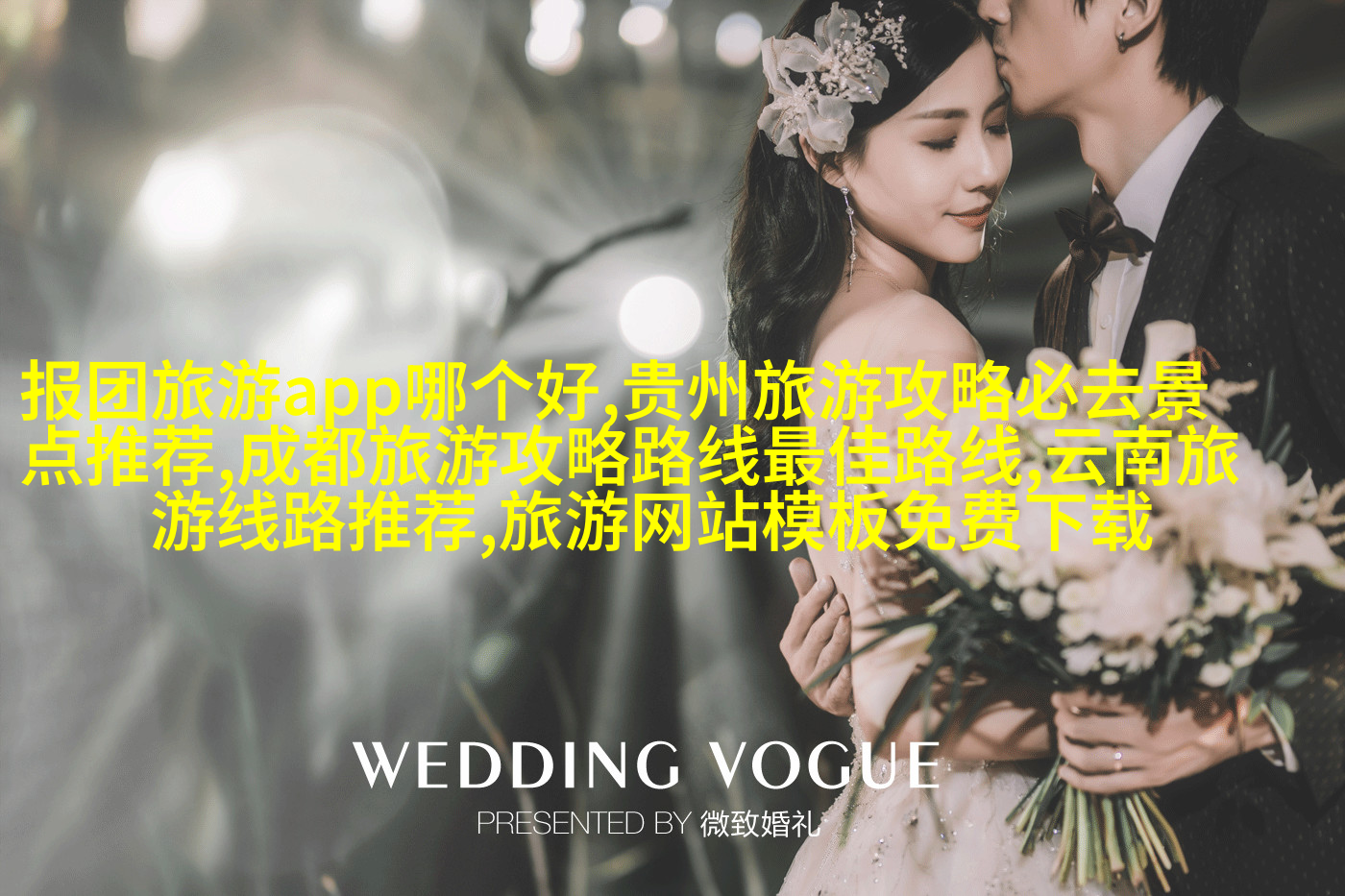探索中国古典之美北京故宫的英语介绍
Introduction to the Forbidden City

The Forbidden City, located in the heart of Beijing, is one of the most impressive architectural and historical complexes in China. With a history spanning over 500 years, it has been an imperial palace for Ming and Qing dynasties. The city's name "Forbidden" comes from its past as a restricted area that was off-limits to common people.
A Brief History of the Palace

In 1406, Emperor Yongle commissioned the construction of this magnificent palace complex on behalf of his father, Emperor Hongwu. It took nearly two decades to complete at a cost estimated to be around 24 million taels of silver (equivalent to $1 billion today). The intricate layout reflects both Chinese architecture and Confucian philosophy.
Architectural Marvels

The Forbidden City is renowned for its majestic architecture featuring traditional Chinese elements such as vermilion walls, yellow glazed tiles, and dragon-shaped ridges on roofs. The main gate is flanked by two imposing towers called Meridian Gate (Wu Men) which serve as entrance points into the complex.
Courtyards & Buildings

Divided into three concentric layers with five axial halls along with numerous side palaces surrounding them forms an awe-inspiring sight within this imperial city. Each courtyard serves different purposes like residential quarters for eunuchs or ceremonial spaces where emperors would hold important meetings or ceremonies.
Palace Museums & Exhibits

Today visitors can explore more than 980 buildings covering an area over 72 hectares through guided tours or self-guided visits via interactive maps provided by museum staffs who are equipped with earpieces translating their explanations into various languages including English.
Some notable museums inside include:
Hall of Supreme Harmony: This largest hall among all houses a throne room where emperor would hold court.
Hall of Preserving Harmony: Used for special occasions like coronations.
Hall of Heavenly Purity: Residence hall where emperor lived.
Clock Tower Hall: A blend between Chinese style clock tower inspired by European designs showing timekeeping techniques adapted during that era.
Conservation Efforts & UNESCO World Heritage Site Status
The site was inscribed as UNESCO World Cultural Heritage Site in 1987 due largely to efforts made by People's Republic China towards restoration work following years' neglect after being abandoned during civil war in early part twentieth century. Since then many projects have taken place aimed at preserving cultural heritage while allowing public access without compromising integrity maintaining balance between tradition and modernity ensuring continued relevance amidst changing world landscape.
This grandeur monument not only showcases China's rich history but also stands testament against backdrop contemporary challenges faced by nation-state when balancing preservation with accessibility - making it truly unique experience worth exploring further understanding about our shared human past through exploration such incredible places like Beijing's Forbidden City!



